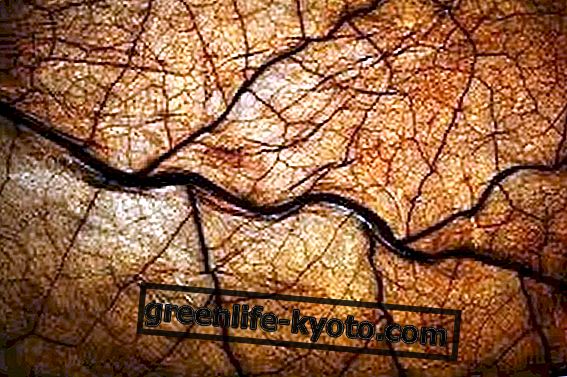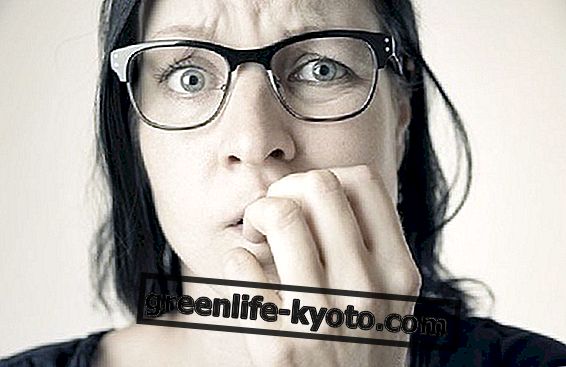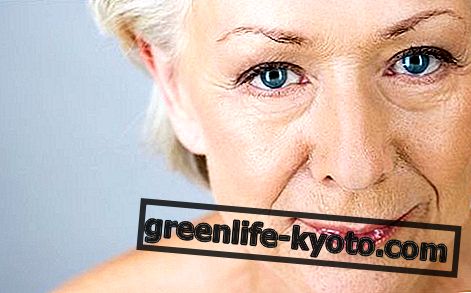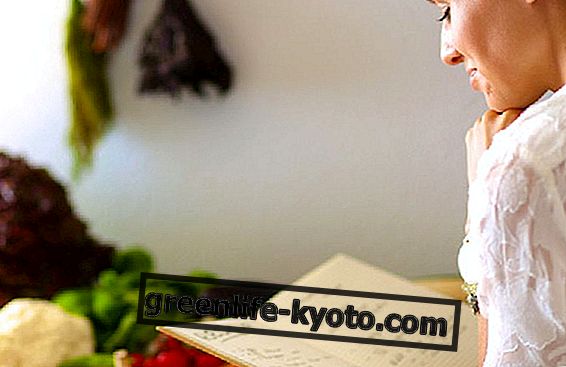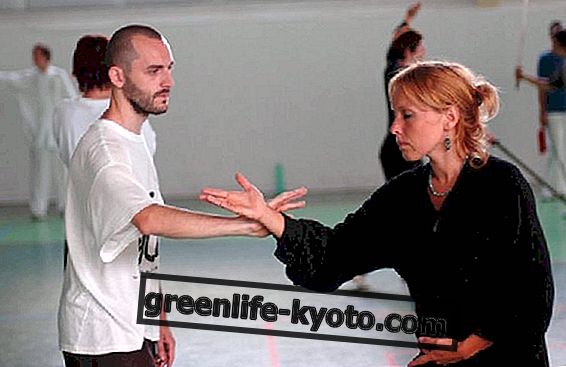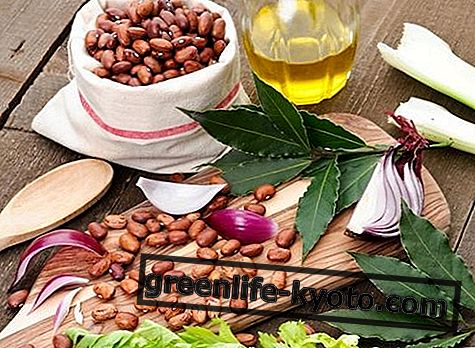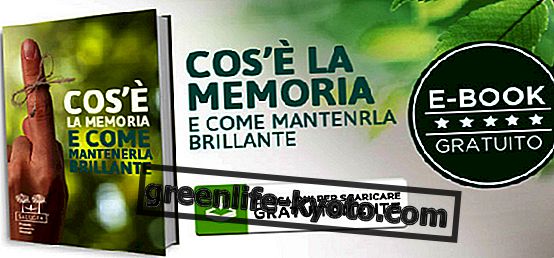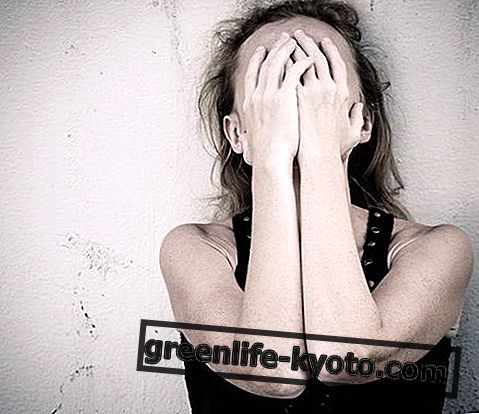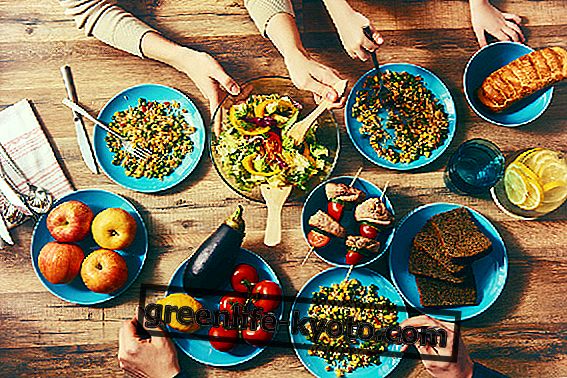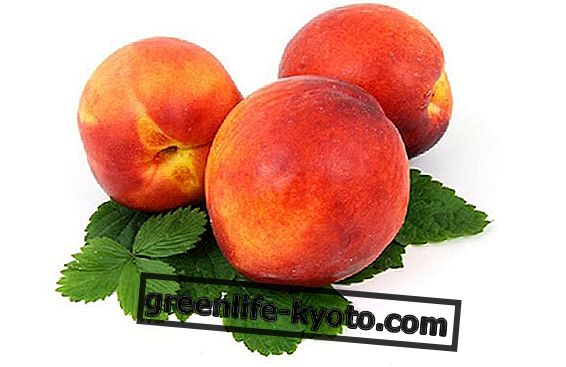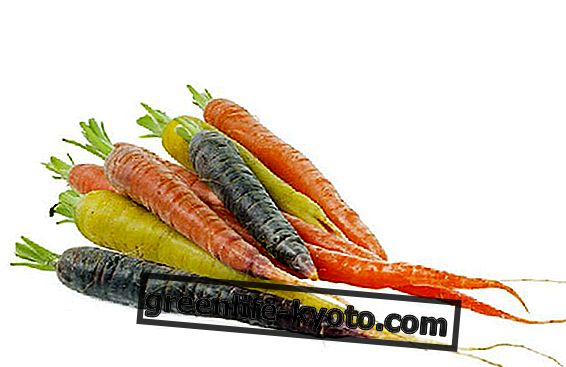
Peels to be recycled
The waste is not thrown away, one learns to use it for other purposes: here is the message of "Bucce", the fundamental book by Marie Cochard, which teaches us how precious are actually certain parts of foods that are often not even remotely considered.
And the subtitle explains their destination even better: " in the kitchen, in the garden, for beauty and hygiene " .
How to reuse and recycle 45 types of skins and kitchen waste.
The author Marie Cochard, is a follower of positive ecology, journalist and in love with nature, as she likes to define herself, comes from Normadia and is there, who, thanks to her maternal grandparents, learned the secrets of a life that does not know industrial production, but which follows the rhythms of the seasons, organic farming, anti-waste and the search for spontaneous products of the earth.
A book to read because changing your daily habits for the better, bringing wealth to the family and learning new ways to avoid wasting, is good for your health, your wallet and the environment!
New life for waste
From A to Z, from garlic to courgette, there are many things we discard - from seeds, to skins, to stems, stems, leaves or pods - that are too easily thrown into the kitchen.
In the circular economy exalted by the author, the "waste" becomes wealth, not only for the table and its guests, but also for the cleaning and hygiene of the house, personal care, the enrichment of the garden . In short, nothing should be thrown away from fruit and vegetables!
Read also Upcycling, creative reuse is growing >>
The new eco-gesture to be assimilated, made your own and passed on is that of the recovery of what in reality would not be thrown away because it is still useful, rich in nutrients and precious, both for human beings and for the Planet.
To think that 45% of certain products "ugly" or out of standard in shape and size, does not even arrive on supermarket shelves and is wasted, while thousands of people die of hunger makes one shudder. Marie limits herself to giving advice on how to start at home, in small everyday things, not to waste.
Between upcycling and grandparents' recipes
The author Marie Cochard has committed herself, in this book, to "peel" the proposed foods one by one and to offer valid alternatives to the dustbin, giving to peels, seeds, stems and other a second life.
The inspiration comes in part from the tips and secrets of the grandparents, from the old peasant traditions, from the poor recipes of times of war that did not throw anything away; on the other hand, by modern experts in the circular economy, upcycling, reuse and rebirth of certain products and foods in other forms.
The first important point is to have fruit and vegetables from organic farming or from the garden of the house.
Here are some examples of valuable advice, even a little unusual, to be found in "Bucce" by Marie Cochard.
Infinite vegetables: everything is needed
The garlic stems are not thrown away: to blend them and apply their juice on the hair reinforces them and favors their regrowth.
Even the banana is a special natural cosmetic: if it is too mature, make it an anti-wrinkle mask or use the inner part of the peel to make a natural scrub, adding just a pinch of raw cane sugar.
And a lotion based on parsley stems can help lighten brown spots.
To make jams, use the hazelnuts too ! That is, break the core of the apricot to recover the bitter almond inside, excellent, after having peeled it, to give a crunchy and tasty touch to your jars.
To clean the house, put some orange zest in the white wine vinegar: it will help eliminate limestone and bacteria and dissolve fats. And remember that lemon peels keep ants away.
For the garden, don't forget the banana: its peels can help to enrich the soil, making flowers grow more vivid and healthy colors.
In the kitchen, the broccoli stalk is cut thin thin and is also eaten raw, with a tasty vinaigrette. As well as the leaves of rapanello and cauliflower become excellent in minestrone and vegetable soups.
And the kiwi skins ? Marie teaches how to make crispy chips for children!
The petioles of the cherry, as well as the hard and external leaves of the artichoke, can be transformed into precious infusions and herbal teas, slimming, diuretic and purifying.
Aromatic or vegetable herbs such as sage, cypress, lavender, thyme, rosemary, laurel, pine, verbena, linden, cedar, buds and rose petals, thuja or pine needles can also be used for fumigation, or to purify the air of home and ward off bad energies.
Marie's book is amazing even for these "small" but amazing secrets, because it teaches us, through many other recipes and practical tips, that true wealth and satisfaction is not having much, but knowing how to do with little .
NB . The author warns against the toxicity of certain food waste and stresses that the natural remedies mentioned in the book do not replace cures, therapies and medicines.
The author and publisher disclaim any responsibility and refer the doctor to treatments related to their health.
Read also The straw houses >>
